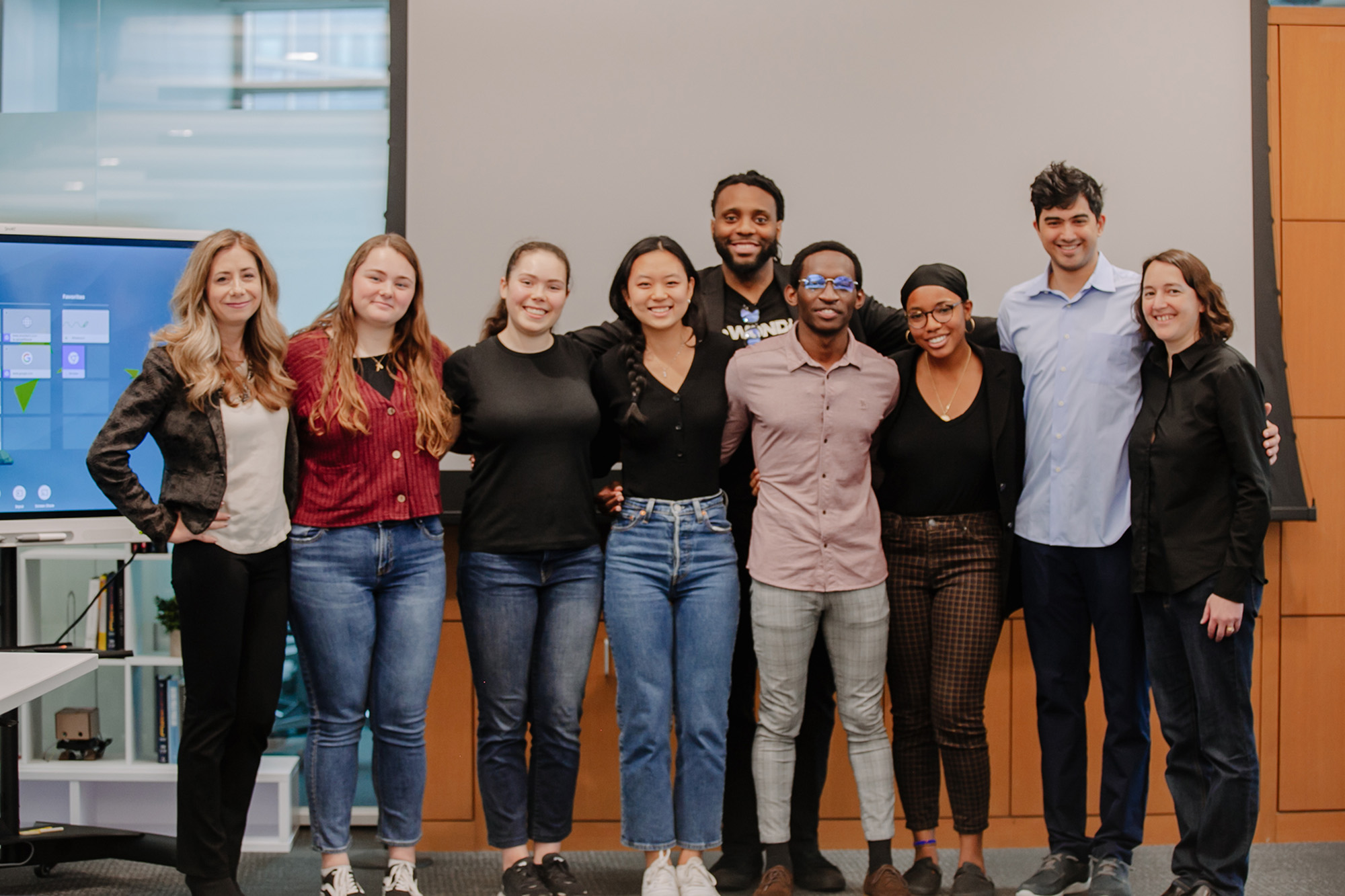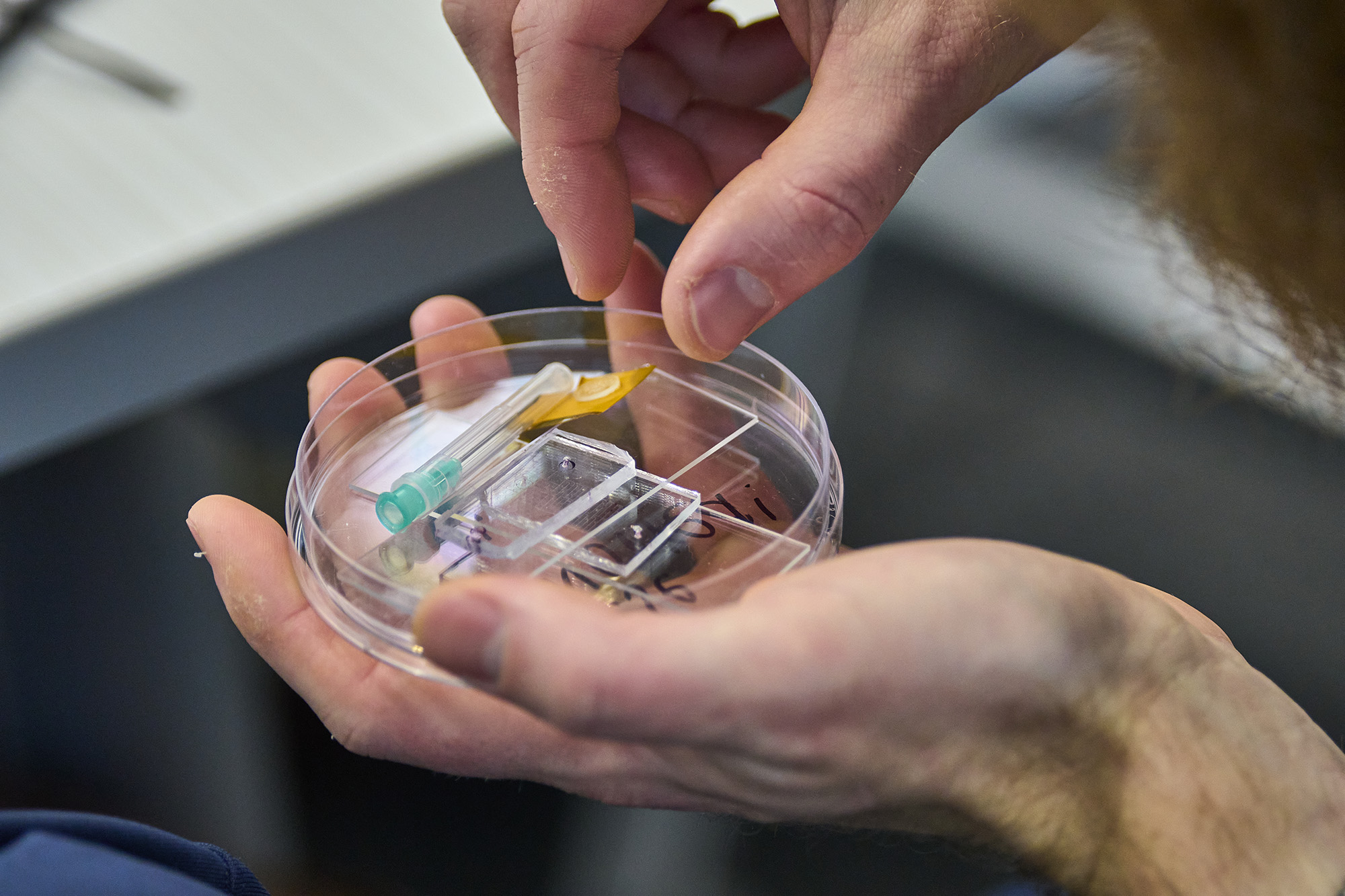Coursework in VINSE Facilities
We give every Vanderbilt student the opportunity to pursue intellectual curiosities through immersive experiences that are as creative and unique as the students themselves.
- VINSE covers lab user fees for coursework
- VINSE staff are available to provide guidance on labs
- VINSE teaching assistants are available to lead labs

Developed Coursework
- Solar cell or MOS capacitor fabrication and testing
- Microfluidic device fabrication and testing
- Graphene fabrication and characterization
- Spectroscopy for materials analysis
- AFM imaging, nanomanipulation, and AFM-based patterning
- SEM/TEM demonstration and imaging

Courses Supported
We have supported a record number of Vanderbilt graduate and undergraduate students in several courses, including:
Contact Us
Please reach out if you would like to explore how to integrate VINSE immersive experiences into your course.
-

Sarah Ross
Senior Program Manager
